How Do Extremely Expensive Hanfu Raise Their Costs?

Just like other products, Hanfu comes in both affordable and high – end versions. For example, the custom – made Hanfu from Minghuatang often costs tens of thousands of yuan per set. Have you ever wondered why such Hanfu can be sold at such high prices? In general, part of the reason is that the craftsmanship of Hanfu has been improving along with the market’s maturity. Also, people really don’t know how high – end high – end Hanfu can be and what their approximate costs are. So, let’s briefly uncover the secrets today.
I. Fabric
The cost of fabric can be extremely high with no upper limit. However, a commonly expensive fabric we see is, for instance, hua luo (花罗, luo means fabric). Many merchants often mention it as a “high – end material.” Su luo (苏罗) is a type of luo with relatively high quality. A meter of good Su luo can cost 200 yuan. For the upper garment, at least 2 meters are needed, and for the lower skirt, at least 3 meters. Plus the lining fabric and various buttons, it can cost nearly 1500 yuan. But if it’s fabric made independently, the unit price may increase due to low production volume.
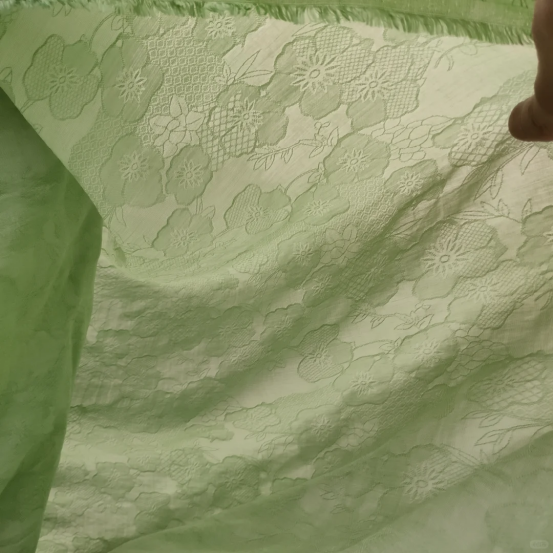
II. Embroidery
What makes it even more expensive is hand embroidery. If not using ready – made embroidered pieces, which can range from a few hundred to a few thousand yuan, the cost might be calculated either by area or by the number of days. For example, an embroiderer’s daily wage starts at least at 100 yuan. It takes at least half a month to embroider a full set of Suzhou embroidery. Considering the level of detail, it’s reasonable for a fully – embroidered Hanfu to cost up to 5000 yuan. If it’s just for partial decoration, you can get a top – notch piece for 1000 yuan.
In the case of machine embroidery, it’s classified according to density. The higher the density, the higher the cost per stitch. For high – quality machine embroidery, it can cost up to 0.1 yuan per thousand stitches. For low – end, partial machine embroidery, it might only cost tens of yuan, while for high – end, it can reach 100 yuan. Generally speaking, the cost of machine embroidery is about one – tenth that of hand embroidery.
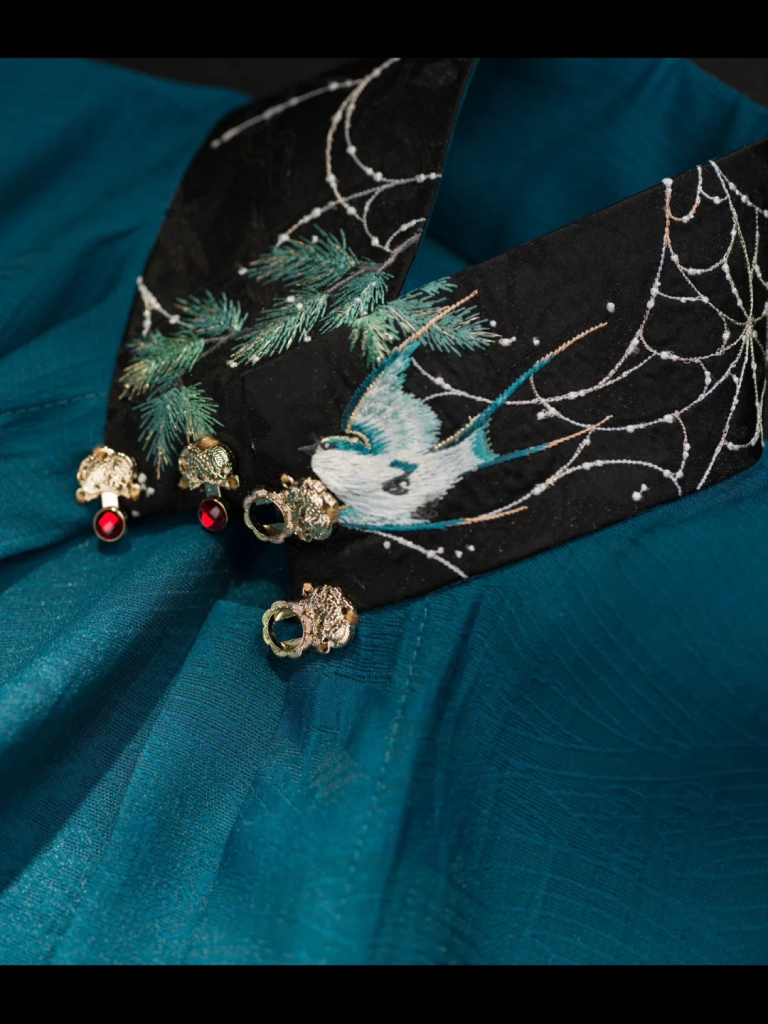
III. Tailoring Work
Apart from the above, the tailoring of different styles is a meticulous job. The processing fees vary from 50 to 500 yuan depending on the style. Let’s assume the highest cost for the upper and lower parts combined is 1000 yuan.
IV. Cost Calculation
According to this process, first, you choose the fabric, then do the embroidery, and finally give it to the tailor to make the finished Hanfu, thus completing the customization of the Hanfu.
For a full – set Hanfu, the most expensive would be a high – quality, fully – embroidered floral luo Hanfu, which would cost at least 8000 yuan. If it’s partially embroidered and exquisitely made, it would cost around 4000 yuan for the whole set. If your requirement for embroidery craftsmanship is not that high, you can get it at about half the price. If you don’t have very high demands on the fabric and workmanship, for example, using blended brocade (a fabric used by many merchants) with partial embroidery, the whole set would cost just over 1000 yuan. If it’s machine – embroidered, you can get a set of Hanfu for a few hundred yuan.
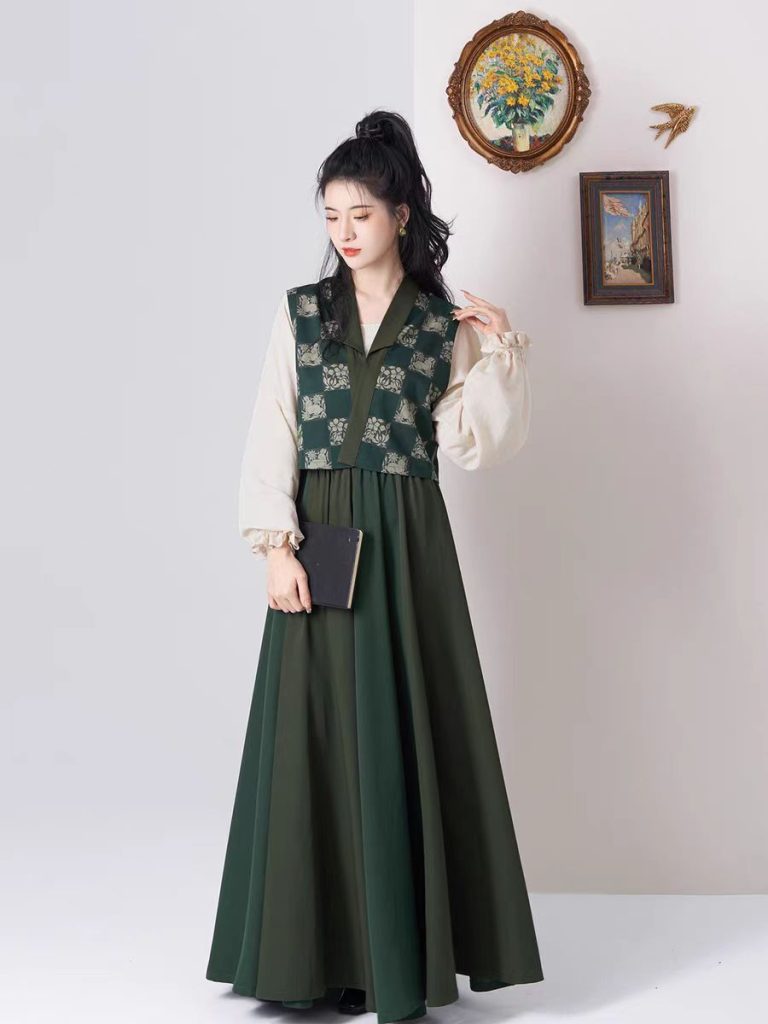
V. Extra Expenses
The money you save can be considered as extra income. The rest of this part includes so – called design fees and brand premiums, which some people simply call the “IQ tax.” This could be due to the influence of some online influencers or herd mentality. Coupled with reasonable store management and design costs, we get the current pricing.
Ultimately, there is a reasonable price for a traditional Chinese dress. If it exceeds this threshold and fails to meet the consumers’ psychological expectations, it’s likely to cause problems. Even for reselling fashion clothes, one needs to consider the material, workmanship, and design of the clothes to determine how much they can be sold for. Doubling the price is already a huge profit. For Hanfu, as the public generally doesn’t have many high – end standards and quality requirements, there aren’t many criteria, especially for high – end Hanfu brands which are scarce. This easily leads to chaos in the market.
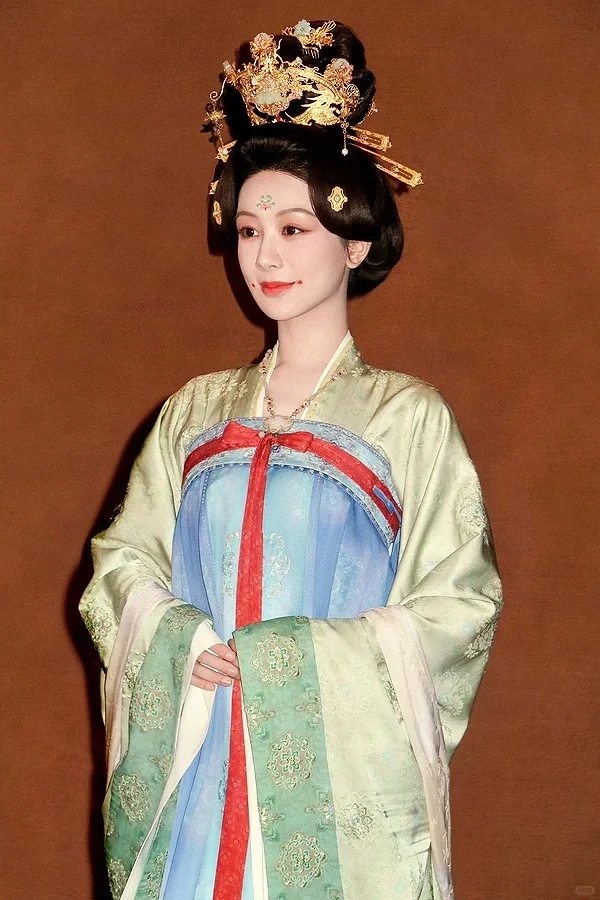
This article mainly hopes that everyone can avoid buying “shoddy” “high – end products.” As I mentioned before, customized Hanfu is “non – returnable.” Once in the hands of customers, they may have to swallow their losses. This is also due to many people’s lack of brand awareness and blind trust in brands. Many people buy Hanfu based on recommendations on platforms like Xiaohongshu and Taobao. However, it should be noted that you need to be careful. Some of these may be paid soft advertisements, and the products received may not be as described. I generally advocate looking at customer reviews first rather than the beautified product – promotion pictures to judge whether a set of Hanfu suits you.
In fact, this is not only true for Hanfu but also for accessories.
When shopping usually, it’s not always about buying expensive items but buying what suits you. Even if you buy some Hanfu, you may rarely wear them because they are expensive. Eventually, due to the improvement of market craftsmanship standards, old – fashioned products may be phased out, resulting in losses. Of course, those stores that always rank at the top of the industry and emphasize quality and cost – effectiveness are well worth adding to your shopping list and collecting.
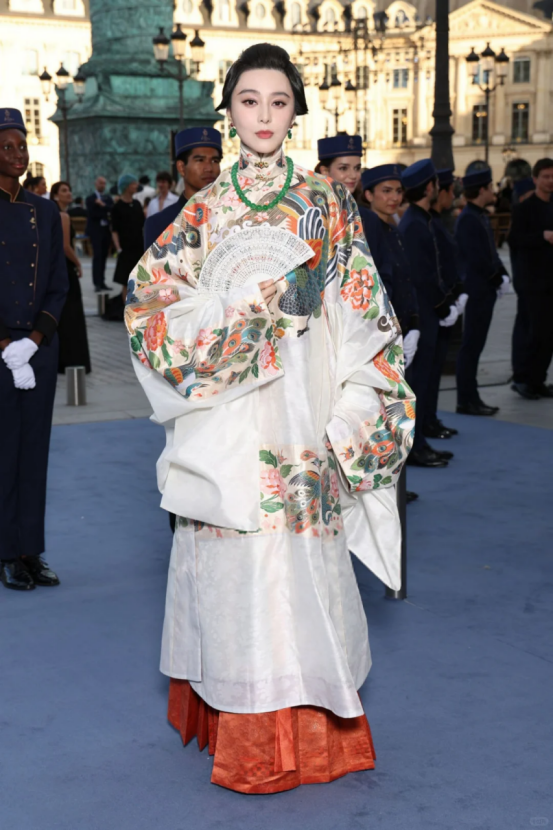
Summary:
① Brand premium is not a derogatory term. However, some merchants use it as a guise. You can check out a lot of unsellable items on second – hand platforms that have caused problems.
② As long as it’s an original – designed garment, there will be design costs. This is a matter of mutual consent and is understandable.
③ It’s not that buying expensive is bad, but you should buy expensive items rationally. Hand embroidery is not outrageously expensive, but high – quality embroidery is really rare. If you don’t have the ability to distinguish, try to buy fewer expensive items.
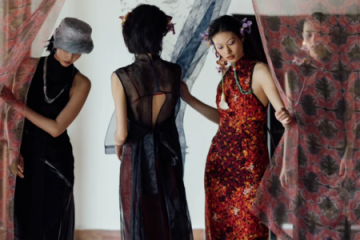


0 Comments